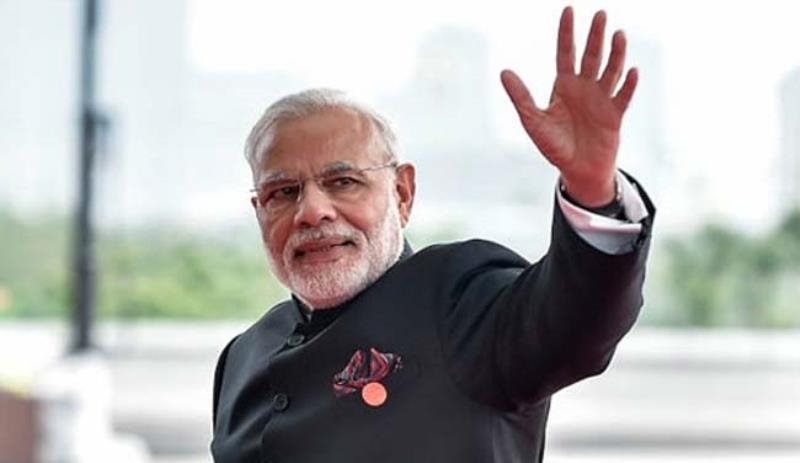Make in India, a programme launched in the first term of the Modi government is expected to be a key focus area in the second term. With Nirmala Sitharaman, a postgraduate in Economics from JNU at the helm of economic affairs, $5 trillion GDP by 2024 is the aim of Modi government.
The ‘sustainable economic growth’ is not possible without the boost of the manufacturing sector which still constitutes less than 30 percent in the sectoral composition of GDP of the country. East Asian countries like China, South Korea, and Japan achieved economic growth through manufacturing and India plans to replace the ‘East Asian Tigers’ as a manufacturing hub.
Given the huge population of the country, manufacturing is the best sector to focus on to create large scale employment and boost productivity. The services sector contributes the highest to sectorial composition and it helped India to enjoy the status of ‘the fastest-growing major economy in the world’ but a very small percentage of the population could be employed in this sector. Therefore manufacturing boost is required for sustainable economic growth.
To squeeze the benefits of the US-China trade war, the Modi government is planning to provide tax benefits and quick clearance from central and local government to the companies willing to invest in India. “(The Centre) will chalk out ways to boost the Make in India programme, big ticket incentives for companies that invest in the country are on the anvil. However, the final contours will be chalked out once the new government is in place,” said a senior government official. Some of these benefits could be announced in the union budget which is to be presented in next month.
In the last term, Make in India worked out for a few sectors like smartphone and electronics manufacturing. But some major sectors like automobile and defense needs more push for domestic manufacturing. These sectors could create large scale employment and lead to value addition in GDP. As per a report of Observer Research Foundation(ORF), a premier think tank, “despite having the fifth-largest defense budget in the world, procures 60 per cent of its weapon systems from foreign markets while Pakistan has sold more weapon systems to foreign customers than India”.
The global climate is also favorable for Make in India as a trade war is going on between the US and China. America is the largest outsourcer of manufacturing jobs and China is ‘factory of the world’. But in the changing global political climate and domestic conditions in the Communist country, China could no longer hold its position. In the last few years, labour price has risen exponentially in China and therefore manufacturing is no longer cheap in the country. The companies are looking for cheap alternatives to outsource manufacturing activities and this could be a golden opportunity for India.
India has the availability of cheap labour and the country’s economy is integrated with the global economy and this could help the country to become an alternative to China for companies which are looking to outsource manufacturing. The Modi government has also been successful in promoting domestic manufacturing in some sectors such as smartphones. This year the country has overtaken the United States to become the second largest manufacturer in the world, trailing only to the global manufacturing giant China.
